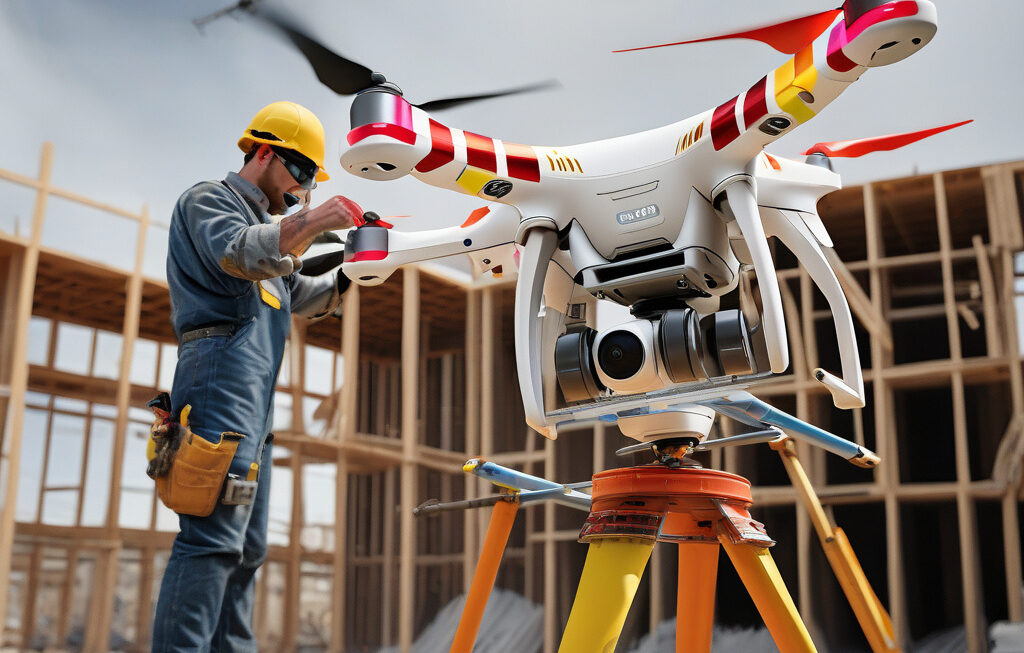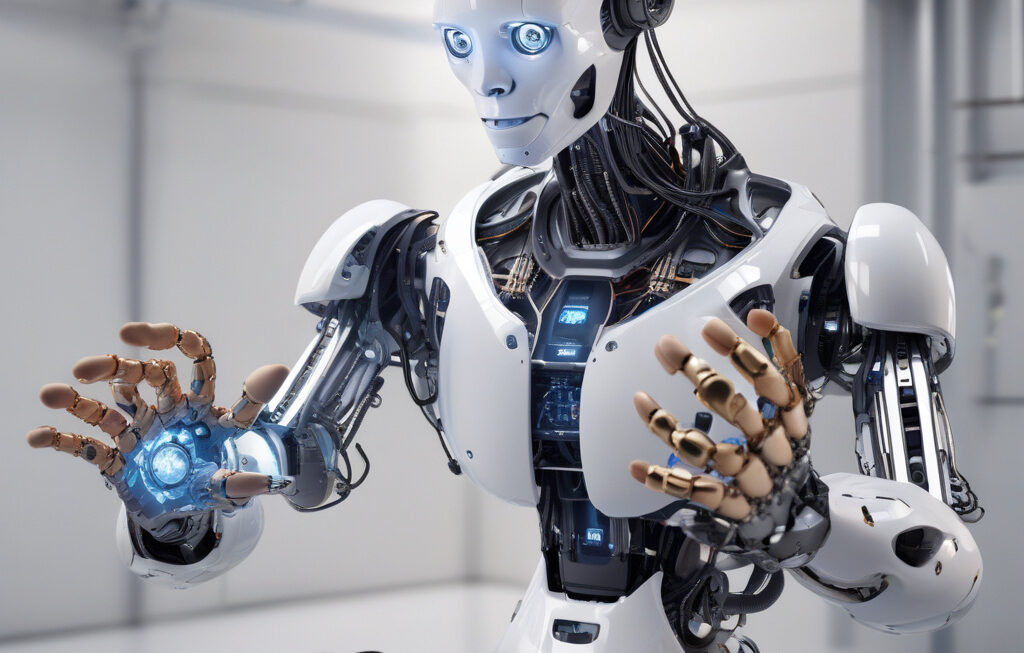Scientists Achieve 98% Quantum Gate Fidelity with 3D-Printed Miniaturized Ion Traps
Quantum computing researchers have long wrestled with a tradeoff. Planar ion traps, built with flat surfaces, are excellent for scalability but often suffer from errors due to their design. On the other hand, three-dimensional (3D) ion traps promise higher fidelity but are notoriously challenging to manufacture. However, a recent breakthrough in the field has brought together the best of both worlds – scientists have successfully achieved a remarkable 98% quantum gate fidelity using 3D-printed miniaturized ion traps.
The key to this groundbreaking development lies in the innovative approach of combining the precision of 3D printing technology with the advantages of 3D ion traps. By leveraging the flexibility and intricacy offered by 3D printing, researchers were able to design and fabricate ion traps with unprecedented accuracy and control. This level of precision is crucial in minimizing errors and enhancing the overall performance of quantum gates, which are fundamental building blocks in quantum computing.
One of the primary challenges in quantum computing is maintaining the coherence of qubits, the basic units of quantum information. Any errors or imperfections in the system can quickly degrade the qubits’ quantum state, leading to inaccuracies in calculations. Traditional planar ion traps often struggle with this issue, as the two-dimensional layout can introduce crosstalk and other sources of error. In contrast, 3D ion traps offer a more isolated and controlled environment for qubits, reducing the likelihood of errors and improving fidelity.
The recent achievement of 98% quantum gate fidelity marks a significant milestone in the advancement of quantum computing. With such high levels of accuracy, researchers can now perform complex quantum operations with confidence, bringing practical quantum computing applications within closer reach. Tasks that were once deemed impossible due to error rates can now be tackled with greater efficiency and reliability.
Moreover, the use of 3D-printed miniaturized ion traps opens up new possibilities for scaling quantum systems. The ability to fabricate intricate ion trap designs with high precision allows for the integration of a larger number of qubits and more sophisticated quantum algorithms. As quantum computers continue to grow in complexity and power, the demand for reliable and scalable hardware becomes increasingly paramount.
In addition to the technical implications, this breakthrough also highlights the interdisciplinary nature of quantum computing research. The successful fusion of cutting-edge technologies such as 3D printing with quantum physics demonstrates the importance of collaboration across different fields. By bringing together expertise from materials science, engineering, and quantum mechanics, researchers can overcome long-standing challenges and push the boundaries of what is possible in quantum computing.
As we look towards the future, the achievement of 98% quantum gate fidelity with 3D-printed miniaturized ion traps paves the way for a new era of quantum computing. With improved reliability and scalability, quantum computers have the potential to revolutionize industries ranging from cryptography to drug discovery. The road ahead may still be challenging, but with each new breakthrough, we come one step closer to unlocking the full potential of quantum technology.
In conclusion, the successful integration of 3D-printed miniaturized ion traps represents a major leap forward in the quest for practical quantum computing. By combining advanced manufacturing techniques with innovative quantum hardware design, researchers have overcome traditional limitations and achieved unprecedented levels of fidelity. This achievement not only propels the field of quantum computing forward but also underscores the importance of interdisciplinary collaboration in tackling complex scientific challenges.
#QuantumComputing, #3DPrinting, #IonTraps, #Fidelity, #TechnologyRevolution











